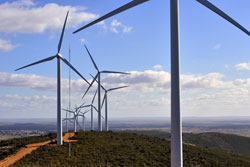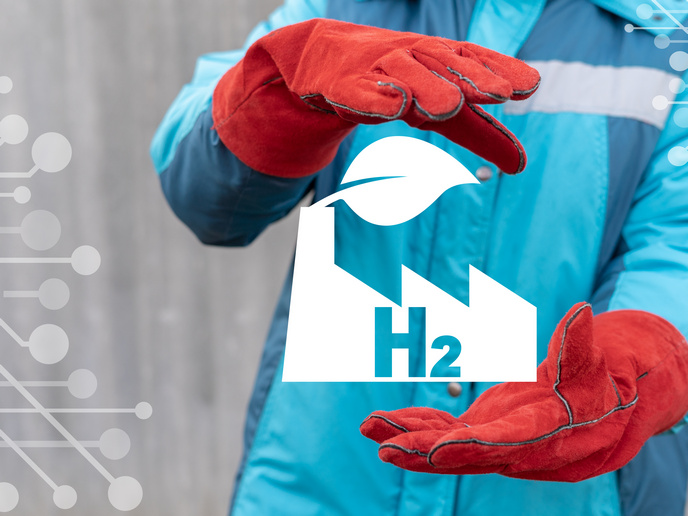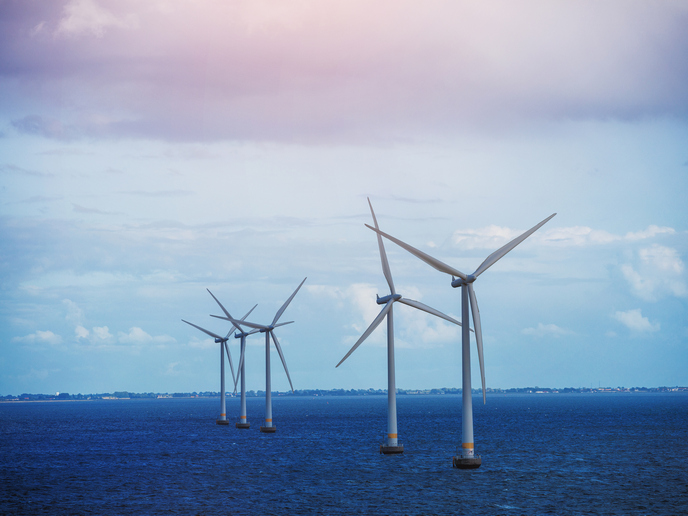Bigger, stronger wind turbine blades
The demand for larger wind turbines is growing and will continue to grow as European Member States look to comply with increasingly stringent carbon dioxide emission targets. Blade manufacturers are turning to advanced polymer composite materials in order to reduce blade weight while retaining the necessary strength to withstand the increased blade loading. The Fifth Framework Programme supported relevant research in this field through the OPTIMAT BLADES project. The Risoe National Laboratory (RNL), an OPTIMAT BLADES partner heavily involved in research into alternative energy sources, investigated the issues of component fatigue and breakage. RNL's work relied on the use of Finite Element Methods (FEM) and Monte Carlo simulations to model stresses and strains on very small scales. These techniques enabled the calculation of the theoretical Internal State Variable (ISV). Conversely, measurements of the ISV were made in a laboratory setting for different damage mechanisms (e.g. progressive fibre fracture). Interpretation and comparison of the modelled and measured ISV was used to fine-tune the micro-scale mechanics modelling approach. RNL has applied for copyright protection of its OPTIMAT BLADES research, which can be utilised by blade manufacturers to resolve design flaws and material limitations during the prototyping phase.







